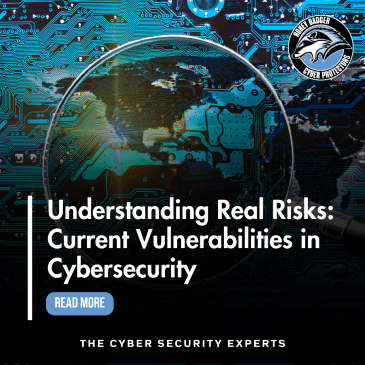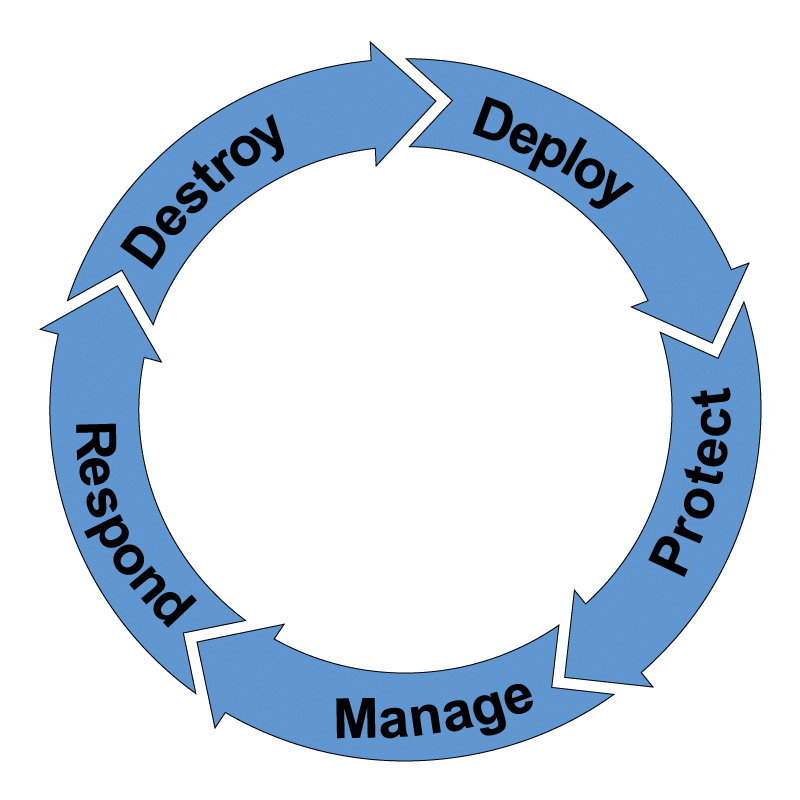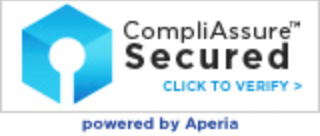Understanding Real Risks:
Current Vulnerabilities in Cybersecurity
 Cybersecurity threats are a constant concern for organizations. Recent incidents, such as the massive data breach at AT&T, underscore the importance of robust security measures. This breach exposed the call and text message records of tens of millions of AT&T cell phone customers, highlighting critical vulnerabilities in access management, unauthorized devices and software, and risk management (Krebs on Security) (KION546).
Cybersecurity threats are a constant concern for organizations. Recent incidents, such as the massive data breach at AT&T, underscore the importance of robust security measures. This breach exposed the call and text message records of tens of millions of AT&T cell phone customers, highlighting critical vulnerabilities in access management, unauthorized devices and software, and risk management (Krebs on Security) (KION546).
Access Management: The Gateway to Security
Importance of Access Management
Access management is crucial in protecting sensitive data. It ensures that only authorized personnel access certain information and systems. In the case of the AT&T breach, the illegal download was attributed to compromised access on a third-party cloud platform. This incident exemplifies how inadequate access controls can lead to significant data breaches.
Implementing Effective Access Management
Organizations must implement multi-factor authentication (MFA) and regular audits of access logs to identify and mitigate unauthorized access attempts. For instance, MFA could have prevented unauthorized access to AT&T’s data by requiring additional verification beyond usernames and passwords. Organizations can significantly reduce the risk of unauthorized data access by ensuring robust access controls.
Unauthorized Devices & Software: A Growing Threat
Risks of Unauthorized Devices
Unauthorized devices, such as personal smartphones and laptops, can be entry points for cyberattacks. These devices often lack the stringent security controls implemented on company-issued hardware, making them vulnerable to malware and other cyber threats. For example, an employee might connect a personal device to the corporate network, inadvertently introducing malware that compromises sensitive data.
Software Vulnerabilities
Similarly, unauthorized software may not be vetted for security and can introduce vulnerabilities. Employees might install software without security patches, creating exploitable gaps for attackers. In the AT&T breach, the illegal access occurred through a third-party cloud platform, suggesting potential vulnerabilities in the company’s software.
Mitigating Risks
To combat these risks, organizations should enforce strict policies regarding the use of devices and software. Regular training on the dangers of using unauthorized devices and the importance of adhering to company policies can reduce the likelihood of such vulnerabilities being exploited. Additionally, implementing endpoint security solutions can help monitor and manage devices connected to the network.
Risk Management: Proactive vs. Reactive
Proactive Risk Management
Effective risk management requires a proactive approach. Organizations should regularly conduct risk assessments to identify potential vulnerabilities and implement measures to address them. This includes maintaining up-to-date security patches and conducting regular penetration testing to uncover and remediate security gaps.
Lessons from AT&T
The AT&T breach underscores the need for continuous monitoring and rapid response mechanisms. Had AT&T employed more robust risk management practices, the breach might have been detected and contained sooner, minimizing the impact on its customers. Proactive risk management involves anticipating potential threats and implementing measures to prevent them before they can cause harm.
Evolving Threat Landscape
The digital threat landscape is constantly evolving, and so must an organization’s risk management strategies. Advanced threat detection systems and artificial intelligence can help identify unusual patterns of behavior that may indicate a breach. Regularly updating incident response plans to reflect the latest threats ensures that the organization is prepared to respond swiftly and effectively.
Case Study: Public WiFi & Unauthorized Access
The Risks of Public WiFi
Public WiFi networks are notorious for their lack of security. Hackers can easily intercept data transmitted over these networks, leading to unauthorized access to sensitive information. For instance, an employee accessing company data over an unsecured public WiFi network could inadvertently expose that data to malicious actors.
Preventive Measures
Organizations should educate employees about the risks associated with public WiFi and provide secure alternatives, such as virtual private networks (VPNs). Encouraging the use of VPNs can encrypt data and protect it from being intercepted by hackers. Additionally, network segmentation can help contain potential breaches, preventing them from spreading across the entire network.
The Broader Impact of Cybersecurity Failures
Reputational Damage
Data breaches can cause significant reputational damage to organizations. Customers and partners lose trust when sensitive information is compromised. The AT&T breach, for example, affected millions of customers and damaged the company’s reputation. Recovering from such reputational damage can take years and involve substantial financial costs.
Financial Consequences
The financial impact of data breaches can be severe. Organizations may face legal penalties, regulatory fines, and the costs associated with notifying affected individuals and providing credit monitoring services. Additionally, the loss of business due to a damaged reputation can result in significant revenue declines.
Legal & Regulatory Implications
Data breaches can lead to legal and regulatory consequences. Organizations may be subject to lawsuits from affected individuals and fines from regulatory bodies. Compliance with data protection regulations, such as the General Data Protection Regulation (GDPR) and the California Consumer Privacy Act (CCPA), is essential to avoid legal repercussions.
Conclusion: Enhancing Organizational Security
The AT&T data breach is a stark reminder of the vulnerabilities within an organization’s cybersecurity framework. By focusing on robust access management, controlling unauthorized devices and software, and implementing proactive risk management strategies, organizations can better protect themselves against data breaches and the associated reputational risks. Implementing these measures requires a concerted effort across all levels of the organization, from top management to individual employees. Regular training, stringent policies, and continuous monitoring are critical components of a comprehensive cybersecurity strategy. By staying vigilant and proactive, organizations can safeguard their data and maintain the trust of their customers.
Organizations should also consider collaborating with cybersecurity experts to enhance their security posture. External assessments and audits can provide valuable insights into potential vulnerabilities and recommend effective measures to address them. Furthermore, staying informed about the latest threats and trends in cybersecurity is crucial for maintaining a robust security framework.
In conclusion, the evolving cyber threat landscape demands constant vigilance and proactive measures. By learning from incidents like the AT&T breach and addressing vulnerabilities comprehensively, organizations can build a resilient cybersecurity strategy that protects their data, reputation, and bottom line. For more information on enhancing your organization’s cybersecurity, contact Reclamere today. Our team of experts is here to help you navigate the complexities of cybersecurity and ensure your organization remains secure!








